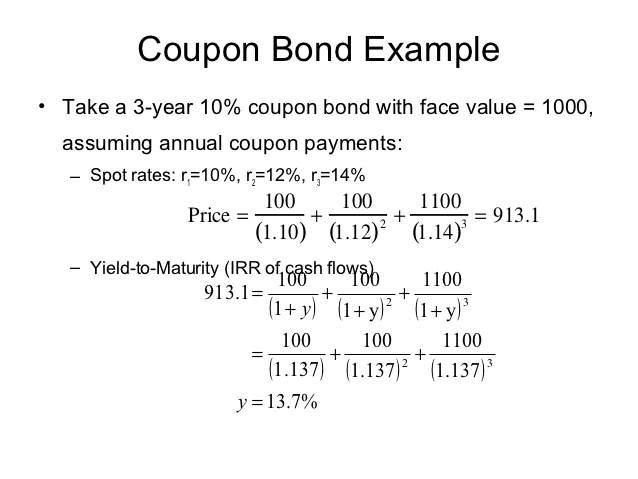What is Marginal Rate of Transformation (MRT)?
Marginal Rate of Transformation refers about giving up of a particular amount of a commodity to create or avail an amount of another commodity. In other words, it is the unity of X that will be given up to create an extra unit of Y. In all this, the Factors of Production will be constant.
Economists, with the help of MRT, analyse the costs to create an extra unit of a commodity. This is closely knitted with the Production Possibility Frontier (PPF), that shows the potential in the output of two commodities using the same resources. Remember that MRT is the absolute value of PPF. When this is displayed as a diagram, for each point on the frontier which is displayed as a curved line, the MRT is different. The Economics of producing two goods influences this rate.

While you can calculate MRT for various goods, the rates will vary depending on the goods compared. The MRT of unit Y will be different in comparison to Unit X and Unit A.
When you produce more units of one commodity, you will be automatically producing less of the other commodity since you have diverted the resources efficiently on the PPF. This is measured by MRT. When this happens, the Opportunity Cost will increase. If more than one commodity is manufactured, the opportunity cost of other goods also increases. This is quite similar to the law of diminishing returns.
Example of Marginal Rate of Transformation
Company XYZ manufactures potato wafers. They offer Masala and Plain Salted flavour to the customers. It takes two potatoes to manufacture plain salted wafers and one potato for masala wafers. XYZ gives up one potato from a lot of Plain salted wafers to produce one extra packet of masala wafers. The MRT here is 2 to 1 at the margin.
MRT Vs Marginal Rate of Substitution (MRS)
The difference between MRT and MRS are mentioned below:
| MRT | MRS |
|---|---|
| MRT refers to the giving up of a particular amount of a commodity to create or avail an amount of another commodity. | MRS focuses on the number of Y units a consumer will consider as compensation for one lesser X unit. |
| Company XYZ will give up one cake to bake two loaves of bread. | If Usha prefers dark chocolate to white chocolate, she will be satisfied only if you can present her with two white chocolates in place of one dark chocolate. |
Talk to our investment specialist
Limitations of MRT
MRT is not constant usually and may need to be recalculated more often. Moreover, the distribution of goods will not be equal if MRT will not be equal to MRS.
All efforts have been made to ensure the information provided here is accurate. However, no guarantees are made regarding correctness of data. Please verify with scheme information document before making any investment.












